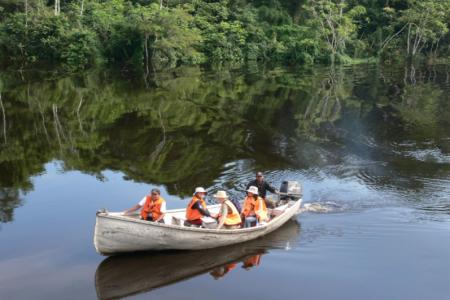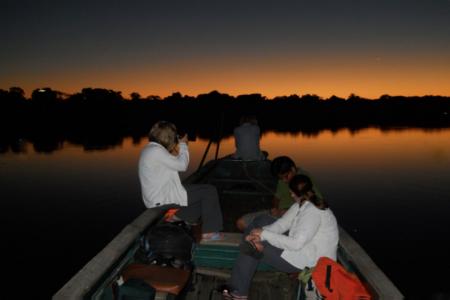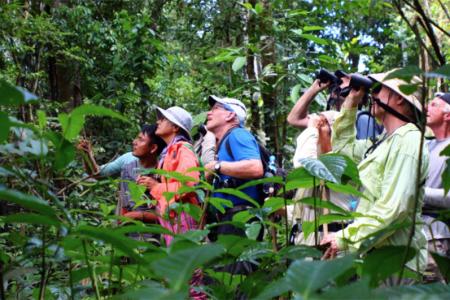The Jungle of Mirrors, Part 3
The finale of a three-part series about the complex history and uncertain future of one of the most biodiverse places in the world—and the people who have dedicated their lives to conserving it.
By Alix Morris
.
In Case You Missed It...
In Part 2 of “The Jungle of Mirrors,” Dr. Richard Bodmer, the Peruvian government, and the local Cocama people join forces to protect the Pacaya-Samiria Reserve. When a group of journalists misreported that this community-based strategy had failed, Richard used scientific data to challenge their every point: the strategy had not only eliminated conflict in the region, it had helped to increase biodiversity, wildlife populations were flourishing, and the forest was thriving once again. In 2006, Richard partnered with Earthwatch to ensure he had the support he needed to continue protecting the Reserve. Without the help of Earthwatch volunteers, he wouldn’t have understood the implications of what happened next…
.
The greatest environmental challenge humanity has ever faced arrived in force in Pacaya-Samiria.
.
A Paradigm Shift
Beginning around 2009, droughts followed by periods of intensive flooding in the Pacaya-Samiria Reserve shifted the formation of the forest. During the droughts, the fish began to die off. During the intensive floods, terrestrial species were forced onto small pieces of land, where predation and competition was high. They, too, began to die off.
.
What we’re seeing now is a paradigm shift. Things have completely changed, in a way that has never been seen before in the history of Western involvement in the Amazon.
.
Since that time, Richard and his team have been working alongside the Peruvian government to develop climate change strategies—not only for Pacaya-Samiria, but for other regions in the Amazon. While the plans help to guide conservation efforts, they’re not enough. The situation is too dynamic, said Richard. New challenges emerge each year, rendering even the most up-to-date strategies obsolete. If it weren’t for consistent, year-round monitoring, thanks to the support of Earthwatch volunteers who join the Amazon Riverboat Exploration expedition, it would be impossible to respond to these changes at all.
.

A rare pink river dolphin surfaces in the Samiria river.
.
Earthwatch has enabled Richard to gain a much deeper understanding of the issues, to influence policy, to influence decisions around how to respond to the impact of climate change in the Amazon.
.
It’s important to me that volunteers know how critical their participation is to us. Without them, we couldn’t make these discoveries—we couldn’t present them at climate change conferences to say, ‘This is what’s happening in the flooded forests of the Amazon.’
.
.
Protecting the Guardians of the Forest
As the forest shifts, the Cocama people must adapt to the changing conditions. The intensive floods have decimated the bushmeat populations, so hunting is nearly impossible. Meanwhile, the fish are dispersed in the flooded waters and more difficult to catch. How do you protect the very people who are conserving this land?
.
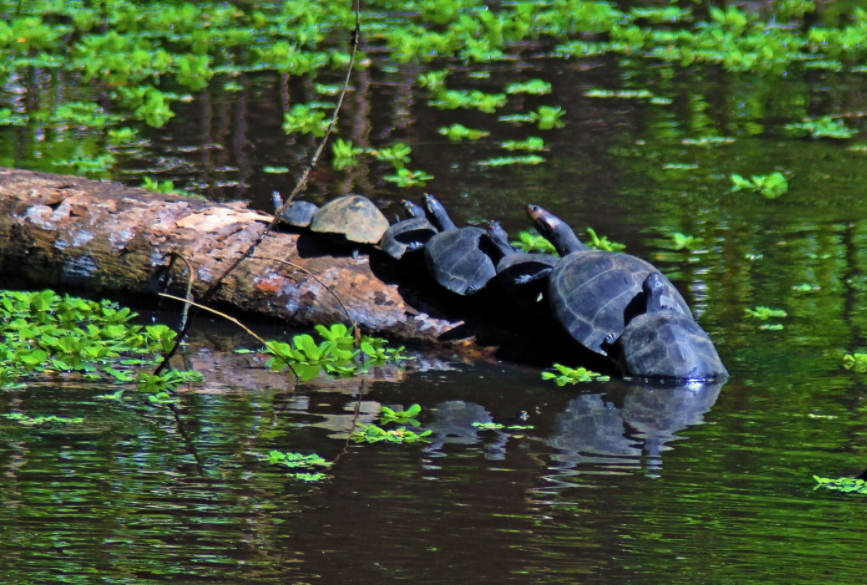
Yellow spotted river turtles sunbathing.
One method to support these communities is known as a turtle headstarting program. Animals like the yellow spotted river turtle that are both aquatic and terrestrial overcome changing conditions in the forest more easily. As a result, the population of these turtles is thriving. Local people who are actively conserving the forest are invited to join a program where they collect turtle eggs and replant them in artificial nests, which gives the turtles a greater chance of survival. A portion of these turtles are then sold by local communities into the pet trade, offering a financial benefit to the community. In some areas in Asia, such as Hong Kong, there is high demand for pet river turtles. This “green market” has been approved by the Convention on International Trade in Endangered Species (CITES) and the Peruvian government, and used as an example of sustainable community management of natural resources.
The downside? These headstarted turtles are being removed from their natural environment and shipped to a region where they are not native. There is also the potential risk that Asian communities will begin to breed the turtles themselves, as opposed to sourcing them from their original habitat in the Amazon.
The solution is imperfect, but it’s one of the few programs available to protect these communities and the rainforest they are working to conserve.
The world wants the Amazon conserved, because of its carbon sinks. If it were destroyed, the global situation would become much worse. But who’s conserving it? Mainly the local indigenous people. But now they’re impacted.
.
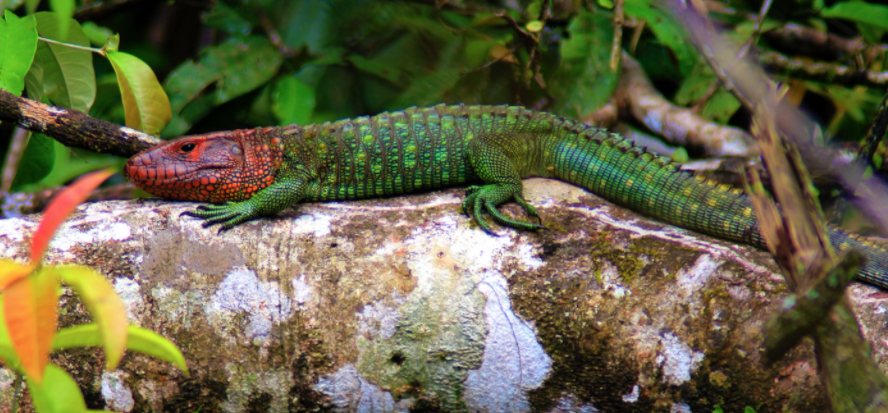
.
Become an Ambassador for the Planet
There is so much we still have to learn about the very world we live in, so much more to understand about the intricate connections between organisms within an ecosystem, the co-evolution of species, the silent, synchronized harmony that exists in a flooded forest. In our rapidly changing world, scientific data is critical so we can make the right decisions, to the best of our ability, about how to protect our natural resources.
As demonstrated in this story, conservation is a messy business—influenced not only by science, but by politics, money, and cultural needs and values. As a result, scientists, environmentalists, and policy makers are often at odds about the best way forward.
But here’s something we know for sure: effective conservation isn’t possible without science, and it isn’t possible without you. It may be hard, it may be imperfect, but it’s imperative. Earthwatch has always believed that environmental management decisions must be based on science, and that science requires hands on the ground. We need informed leaders, champions for the environment, advocates for our planet.
The story of the Pacaya-Samiria Reserve is a story about a unique forest’s heroic guardians – the scientists, policy makers, community members, and Earthwatch volunteers who have preserved this delicate ecosystem. But the fight is far from over. And so, we call on you, our supportive Earthwatch community, to join us in becoming ambassadors for science, ambassadors for communities, ambassadors for wildlife, and ambassadors for the planet.
.
.
On this Earth Day, we’re excited to unveil Earthwatch’s brand new Ambassador Program (check it out by clicking here)—your opportunity to get directly involved in raising awareness, spreading the word, and earning valuable rewards while you’re at it.
.
As one of our volunteers once said, “You may be a small piece of the puzzle. But the puzzle isn’t complete without you.” Join us—the time is now.
Do you have comments or questions about this story, or do you want to learn more about joining the Ambassador Program?
We’d love to hear from you! Please contact us at communications@earthwatch.org.
.
Sign up for the Earthwatch Newsletter
Be the first to know about new expeditions, stories from the field, and exciting Earthwatch news.
